Are you considering shipping from Shenzhen to the Netherlands but unsure where to start?
In this comprehensive guide, we will explore the various shipping methods, costs, and essential documentation required for a successful international shipment. In this article, you’ll learn about the intricacies of sea and air freight, how to navigate customs regulations, and tips for reducing costs while ensuring compliance. Let’s embark on this journey to make your shipping experience smooth and efficient!
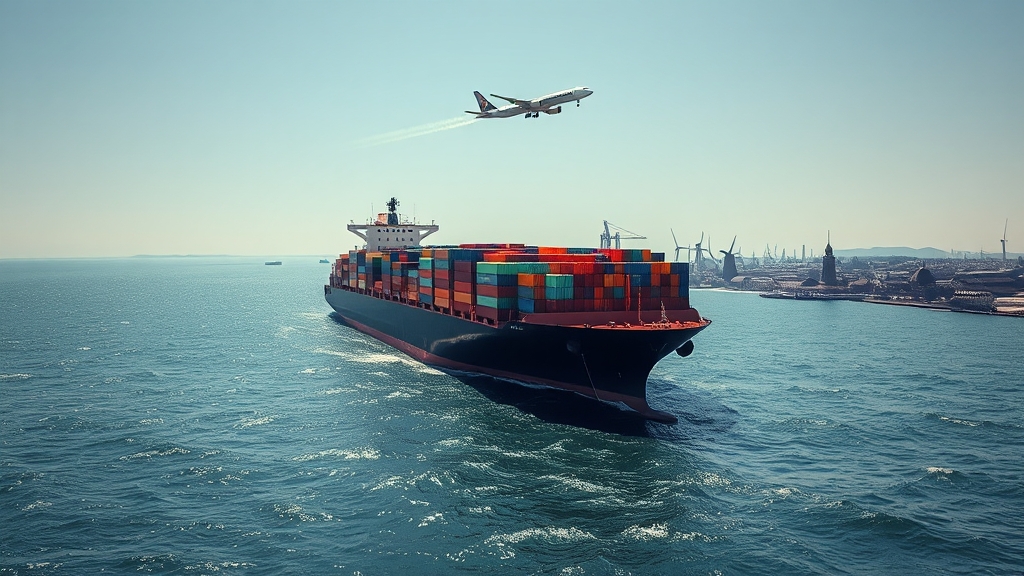
Shipping Methods from Shenzhen to Netherlands
Sea Freight from Shenzhen to Netherlands
Shipping goods via sea freight from Shenzhen to the Netherlands is a popular choice, particularly for larger shipments. This method involves transporting goods via cargo ships and is typically more cost-effective than air freight. The main types of sea freight services include Full Container Load (FCL) and Less Than Container Load (LCL). For more information about these shipping methods, you can check what is LCL and FCL in shipping.
Full Container Load (FCL): This service is suitable for businesses with enough goods to fill a standard shipping container (20ft or 40ft). FCL shipments often offer lower rates per cubic meter due to the full utilization of the container space. The estimated transit time for FCL shipments from Shenzhen to major ports in the Netherlands (like Rotterdam) is approximately 30-40 days.
Less Than Container Load (LCL): Ideal for smaller shipments, LCL allows multiple shipments to share the same container. This method is often more flexible but can incur higher costs per cubic meter due to additional handling. Typical transit times for LCL shipments are similar to FCL, ranging from 30-45 days, depending on port congestion and shipping line schedules.
Air Freight from Shenzhen to Netherlands
Air freight is the fastest way to ship goods from Shenzhen to the Netherlands. This method is particularly advantageous for high-value, low-volume shipments or perishable goods that require quick delivery.
Transit Times: Generally, air freight shipments can arrive in the Netherlands within 3-7 days, making it the preferred option for time-sensitive deliveries.
Cost Considerations: While air freight is quicker, it is significantly more expensive than sea freight. Pricing is influenced by the weight and dimensions of the shipment, as airlines often charge based on the greater of the actual weight or volumetric weight. For detailed pricing, you may refer to air freight from China to USA.
Shipping Costs from Shenzhen to Netherlands
2025 Sea Freight Cost Analysis (FCL/LCL)
As of 2025, shipping costs from Shenzhen to the Netherlands are subject to market fluctuations influenced by fuel prices, global demand, and geopolitical factors. Below is a comparative table detailing estimated costs for FCL and LCL shipments:
| Shipping Method | Container Size | Estimated Cost (USD) | Estimated Transit Time |
|---|---|---|---|
| FCL | 20ft | $1,500 – $2,000 | 30-40 days |
| FCL | 40ft | $2,500 – $3,500 | 30-40 days |
| LCL | 1m³ | $150 – $300 | 30-45 days |
Note: Prices may vary based on shipping line, season, and additional services required (e.g., customs clearance).
Understanding Air Freight Pricing from Shenzhen to Netherlands
Air freight pricing is typically calculated based on the chargeable weight. The key factors affecting air freight rates include:
Weight & Dimension: Airlines charge based on the higher of actual weight vs. volumetric weight (length x width x height in cm ÷ 6000).
Fuel Surcharges: Fluctuating fuel prices can impact air freight rates, so it’s essential to inquire about these charges upfront.
Service Level: Express services are available but come at a premium. Standard air freight options are more economical.
Hidden Fees When Shipping from Shenzhen to Netherlands
When shipping goods, it is crucial to be aware of potential hidden fees that can arise:
Terminal Handling Charges (THC): Fees for processing containers at the port.
Documentation Fees: Charges for the preparation of necessary documents.
Customs Duties: Fees imposed by the Netherlands on imported goods, which can vary depending on the product type.
Insurance: Optional but recommended to safeguard against loss or damage during transit. For more details, see Insurance Services.
How to Reduce Customs Duties with Freight Forwarder Assistance
Working with a reliable freight forwarder like Dantful International Logistics can help mitigate customs duties. Here are some strategies:
Classifying Goods Correctly: Ensuring products are classified correctly under the Harmonized System can help avoid overpaying.
Leveraging Trade Agreements: Utilizing any applicable trade agreements between China and the EU can lead to reduced duties.
Consulting Experts: Experienced freight forwarders can provide insights into local regulations and facilitate smoother customs clearance.
By utilizing the services offered by Dantful International Logistics, including Customs Clearance and Insurance, clients can ensure compliance and potentially lower import costs.
Shipping Times from Shenzhen to Netherlands
Typical Transit Times for Sea Freight to Netherlands
When considering sea freight shipping from Shenzhen to the Netherlands, the typical transit times can vary based on several factors, including the shipping line, the specific ports involved, and the season of the year. Generally, the estimated transit time for Full Container Load (FCL) shipments can take approximately 30 to 40 days. For Less than Container Load (LCL) shipments, the transit time may be slightly longer, averaging 35 to 45 days. It’s crucial to factor in potential delays due to port congestion or seasonal demand spikes.
Here’s a summarized table of typical transit times:
| Shipping Method | Transit Time (Days) |
|---|---|
| FCL (Full Container Load) | 30 – 40 days |
| LCL (Less than Container Load) | 35 – 45 days |
Air Freight Speed: How Quickly Can Your Shipment Arrive?
Air freight is the fastest shipping method from Shenzhen to the Netherlands, with typical transit times ranging from 2 to 7 days, depending on the service level chosen. For express deliveries, shipments can arrive within 48 to 72 hours, while standard air freight services may take 5 to 7 days. The speed of air freight makes it an ideal choice for urgent shipments, but it’s essential to consider the cost, as it is generally more expensive than sea freight. For a detailed comparison of shipping costs, you can check the cost of shipping a pallet from china to usa.
Factors Affecting Shipping Times from Shenzhen to Netherlands
Several factors can influence shipping times from Shenzhen to the Netherlands, including:
Port Congestion: Major ports can experience congestion, leading to delays. It’s advisable to stay updated on port conditions.
Weather Conditions: Adverse weather can disrupt shipping schedules, especially for sea freight.
Customs Clearance: Smooth or delayed customs clearance processes can significantly impact overall shipping times. Proper documentation can facilitate faster clearance.
Type of Goods: Certain goods may require additional handling or checks, affecting the shipping time.
Seasonality: Peak shipping seasons, such as holidays, usually result in increased shipping volumes, which may lead to longer transit times.
Read More:
- Shipping From China To Netherlands
- Shipping From China To Spain
- Shipping From China To Germany
- Shipping From China To France
- Shipping From China to Italy
- Shipping From China To Poland
- Shipping From China to United Kingdom
Selecting a Reliable Freight Forwarder in Shenzhen
Criteria for Choosing the Right Freight Forwarder
Selecting the right freight forwarder is crucial for ensuring smooth shipping operations from Shenzhen to the Netherlands. Here are key criteria to consider:
Experience and Reputation: Look for a forwarder with a proven track record and good reviews from previous customers.
Range of Services: A reliable freight forwarder should offer comprehensive services, including ocean freight, air freight, customs clearance, and door-to-door delivery.
Pricing Transparency: Ensure that the freight forwarder provides a clear breakdown of costs to avoid hidden fees.
Local Knowledge: A forwarder with local expertise in Shenzhen will have better insights into logistics and customs regulations.
Benefits of Working with an Experienced Logistics Partner
Partnering with an experienced logistics provider such as Dantful International Logistics offers numerous advantages:
- Tailored Solutions: They can customize shipping solutions to meet specific needs and budget constraints.
- Efficiency: Experienced forwarders streamline the shipping process, reducing potential delays.
- Regulatory Compliance: They have a deep understanding of customs regulations and can help navigate complex paperwork effectively.
- Risk Management: Experienced partners can anticipate potential issues and provide contingency plans.
Importance of Local Knowledge in Shenzhen Logistics
Local knowledge plays a pivotal role in successful shipping operations. A freight forwarder familiar with Shenzhen’s logistics landscape will understand local customs, regulations, and best practices, leading to:
- Faster Customs Clearance: Local expertise can expedite the clearance process.
- Cost-Effective Solutions: Knowledge of local routes and services often leads to more efficient and cost-effective shipping options.
- Problem Resolution: Quick resolution of any unforeseen issues is more likely with a partner who has established local contacts and experience.
In conclusion, when shipping from Shenzhen to the Netherlands, understanding shipping times and selecting a reliable freight forwarder are vital components of a successful logistics strategy. Dantful International Logistics is ready to assist with our comprehensive, professional services tailored to your shipping needs.
Documentation Required for Shipping from Shenzhen to Netherlands
Essential Shipping Documents for Customs Clearance
When shipping goods from Shenzhen to the Netherlands, it is crucial to prepare the appropriate documentation to ensure a smooth customs clearance process. The following essential documents are typically required:
Commercial Invoice: This document provides details about the transaction, including the seller and buyer information, a description of the goods, quantities, prices, and payment terms. It serves as the primary document for customs authorities to assess the value of the goods.
Packing List: This includes information on how the goods are packed, such as the dimensions, weight, and details of each package. It allows customs officials to verify the contents of the shipment.
Bill of Lading (BOL): For sea freight, the Bill of Lading is a critical document issued by the carrier to acknowledge the receipt of goods for shipment. It serves as a contract between the shipper and the carrier and is essential for cargo release upon arrival.
Air Waybill (AWB): If you are using air freight, the Air Waybill acts as a contract between the shipper and the airline. It is non-negotiable and must accompany the shipment.
Certificate of Origin: This document certifies the country where the goods were manufactured and may be required to determine the applicable customs duties.
Import License: Depending on the type of goods being imported, an import license may be necessary. Certain products may require specific permits or certifications.
Customs Declaration: This form informs customs authorities about the specifics of the shipment, including its value and nature. A correctly completed customs declaration is vital for the clearance process.
Understanding Incoterms and Their Impact on Shipping
Incoterms (International Commercial Terms) are a set of predefined international trade terms published by the International Chamber of Commerce (ICC) that define the responsibilities of sellers and buyers in the shipping process. Understanding these terms is essential when shipping from Shenzhen to the Netherlands, as they impact costs, risk, and responsibilities. The most common Incoterms include:
FOB (Free On Board): The seller is responsible for all costs up to the point the goods are loaded onto the vessel. Once the goods are on board, the risk transfers to the buyer.
CIF (Cost, Insurance, and Freight): The seller covers the cost of shipping and insurance until the goods reach the destination port. This term provides a higher level of security for buyers.
DDP (Delivered Duty Paid): This term places maximum responsibility on the seller, who must cover all costs until the goods are delivered to the buyer’s location, including duties and taxes.
Understanding the implications of these Incoterms will greatly assist in budgeting for shipping costs and responsibilities, making it crucial for effective communication between the buyer and seller.
Navigating Customs Regulations in the Netherlands
Customs Duties and Taxes for Imported Goods
When importing goods into the Netherlands, it is essential to be aware of the applicable customs duties and taxes. The key components include:
Customs Duties: These are tariffs imposed on specific goods imported into the country. The duty rate varies based on the product’s classification under the Harmonized System (HS) code. It is essential to accurately determine the HS code for your goods to assess the correct duty rate.
Value Added Tax (VAT): In the Netherlands, VAT is typically charged on imported goods. The standard VAT rate is 21%, while a reduced rate of 9% applies to specific goods and services. VAT is calculated based on the customs value of the goods, including the cost of shipping.
Excise Duties: For certain goods like alcohol and tobacco, additional excise duties may apply. These duties are specific to the product type and require careful consideration.
Tips for Smooth Customs Clearance from Shenzhen
To facilitate a smooth customs clearance process when shipping from Shenzhen to the Netherlands, consider the following tips:
Complete Documentation: Ensure all required documents are accurate and complete. Mistakes can lead to delays or additional fees.
Pre-Declare Goods: Consider pre-declaring your goods with Dutch customs to expedite the clearance process.
Work with a Knowledgeable Freight Forwarder: Engaging with a professional freight forwarder like Dantful International Logistics can provide insights into customs procedures, documentation requirements, and optimal shipping methods.
Be Familiar with Customs Regulations: Stay updated on the latest customs regulations in the Netherlands. This knowledge can help you avoid potential pitfalls.
Consider Customs Brokerage Services: Utilizing customs brokerage services can streamline the clearance process, ensuring compliance with local laws and regulations.
By understanding the documentation required and navigating customs regulations effectively, shippers can significantly enhance their shipping experience from Shenzhen to the Netherlands, minimizing delays and unexpected costs.
Packaging and Labeling Requirements for Shipping to Netherlands
Best Practices for Packaging Your Goods for Transit
When shipping from Shenzhen to the Netherlands, proper packaging is crucial to ensure that your goods arrive in good condition. Here are some best practices to follow:
Use Durable Materials: Choose high-quality, durable packaging materials suitable for the type of goods being shipped. For fragile items, use foam, bubble wrap, or packing peanuts to provide cushioning. For heavier shipments, opt for double-walled corrugated boxes.
Securely Seal Packages: Use strong packing tape to seal your boxes. Ensure all openings are securely closed to prevent any items from falling out during transit.
Weight Distribution: Distribute weight evenly within the package to avoid damage. Place heavier items at the bottom and lighter ones on top.
Label Packages Clearly: Ensure that your packages are labeled with the destination address, sender information, and any relevant handling instructions. This includes markings such as “Fragile,” “This Side Up,” or “Keep Dry.”
Consider Environmental Factors: If your goods are sensitive to temperature or humidity, use appropriate insulating materials or temperature-controlled packaging to protect them during shipping.
Compliance with Regulations: Make sure your packaging meets the regulations set by both Chinese and Dutch customs. Certain products may require specific packaging materials or methods to be compliant. For more information on shipping requirements, check out Shipping From China To Netherlands.
Importance of Proper Labeling for International Shipments
Proper labeling is a vital aspect of international shipping, especially when sending goods from Shenzhen to the Netherlands. Here’s why:
Customs Clearance: Labels provide essential information that customs officials need to process your shipment. This includes the description of the goods, their value, and the country of origin. Accurate labels help avoid delays in customs clearance.
Identification of Hazards: Labels communicate important safety information. Hazardous materials must be clearly labeled according to international regulations, ensuring the safety of handlers and transport personnel.
Tracking and Accountability: Clearly labeled packages enable easier tracking throughout the shipping process. This helps both the shipper and the recipient keep abreast of the shipment’s status and manage expectations.
Facilitating Delivery: Accurate labeling reduces the risk of delivery errors. If packages are mislabelled, they may be sent to the wrong destination, leading to complications and delays.
Regulatory Compliance: Different countries have specific labeling requirements for imported goods. Adhering to these regulations minimizes the risk of penalties or confiscation of your shipments.
Tips for Successful Shipping from Shenzhen to Netherlands
Common Mistakes to Avoid When Shipping Internationally
When shipping internationally, there are several common pitfalls that importers often encounter:
Inaccurate Documentation: Failing to provide complete and accurate shipping documents can lead to delays and additional costs at customs. Always double-check that you have all necessary paperwork before shipping.
Neglecting Customs Requirements: Each country has its own customs regulations. Failing to understand or comply with the Netherlands’ customs requirements can result in significant delays or fines. For assistance, consider partnering with a knowledgeable freight forwarder like Dantful International Logistics.
Underestimating Shipping Costs: Many shippers overlook additional fees such as duties, taxes, and handling charges. Always ask your freight forwarder for a complete breakdown of potential costs.
Poor Packaging: Inadequately packaged goods can suffer damage during transit, leading to financial losses. Ensure that your packaging is robust and suitable for the journey ahead.
Ignoring Insurance: Not securing insurance for high-value shipments can lead to financial losses in case of damage or loss. Protect your investment by considering comprehensive insurance coverage.
How to Ensure Compliance with Local Regulations
To ensure compliance with local regulations when shipping from Shenzhen to the Netherlands, consider the following steps:
Research Local Laws: Familiarize yourself with the Dutch customs regulations and import restrictions. This includes understanding what documentation is required for your specific goods.
Work with a Knowledgeable Freight Forwarder: Partnering with an experienced freight forwarder like Dantful International Logistics can help navigate the complexities of international shipping. They can provide guidance on necessary documentation and compliance requirements.
Stay Updated on Changes: Regulations can change frequently. Regularly check for updates on import laws and customs requirements in the Netherlands to avoid any surprises during the shipping process.
Label and Document Accurately: Ensure that all items are accurately labeled and that all required documentation is completed. This includes commercial invoices, packing lists, and any certificates of origin or compliance.
Consult Local Authorities: If in doubt, reach out to local customs authorities or trade organizations in the Netherlands for assistance and clarification on shipping regulations.
By adhering to these packaging and labeling requirements, as well as avoiding common mistakes, you can facilitate a smoother and more efficient shipping process from Shenzhen to the Netherlands. For more shipping options, consider exploring door to door shipping from China to Netherlands.

Young Chiu is a seasoned logistics expert with over 15 years of experience in international freight forwarding and supply chain management. As CEO of Dantful International Logistics, Young is dedicated to providing valuable insights and practical advice to businesses navigating the complexities of global shipping.



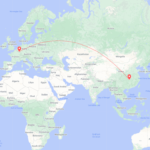
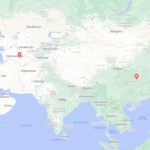
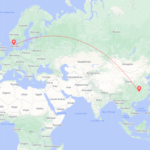
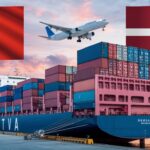
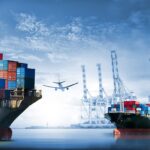
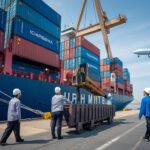
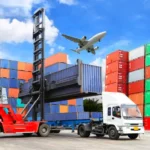
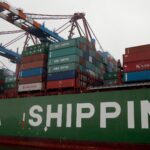
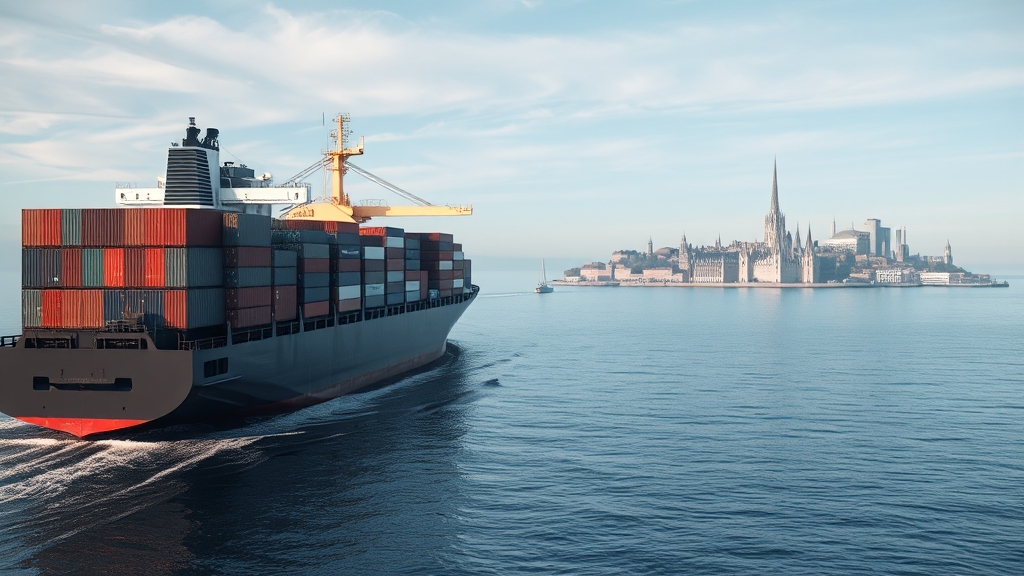
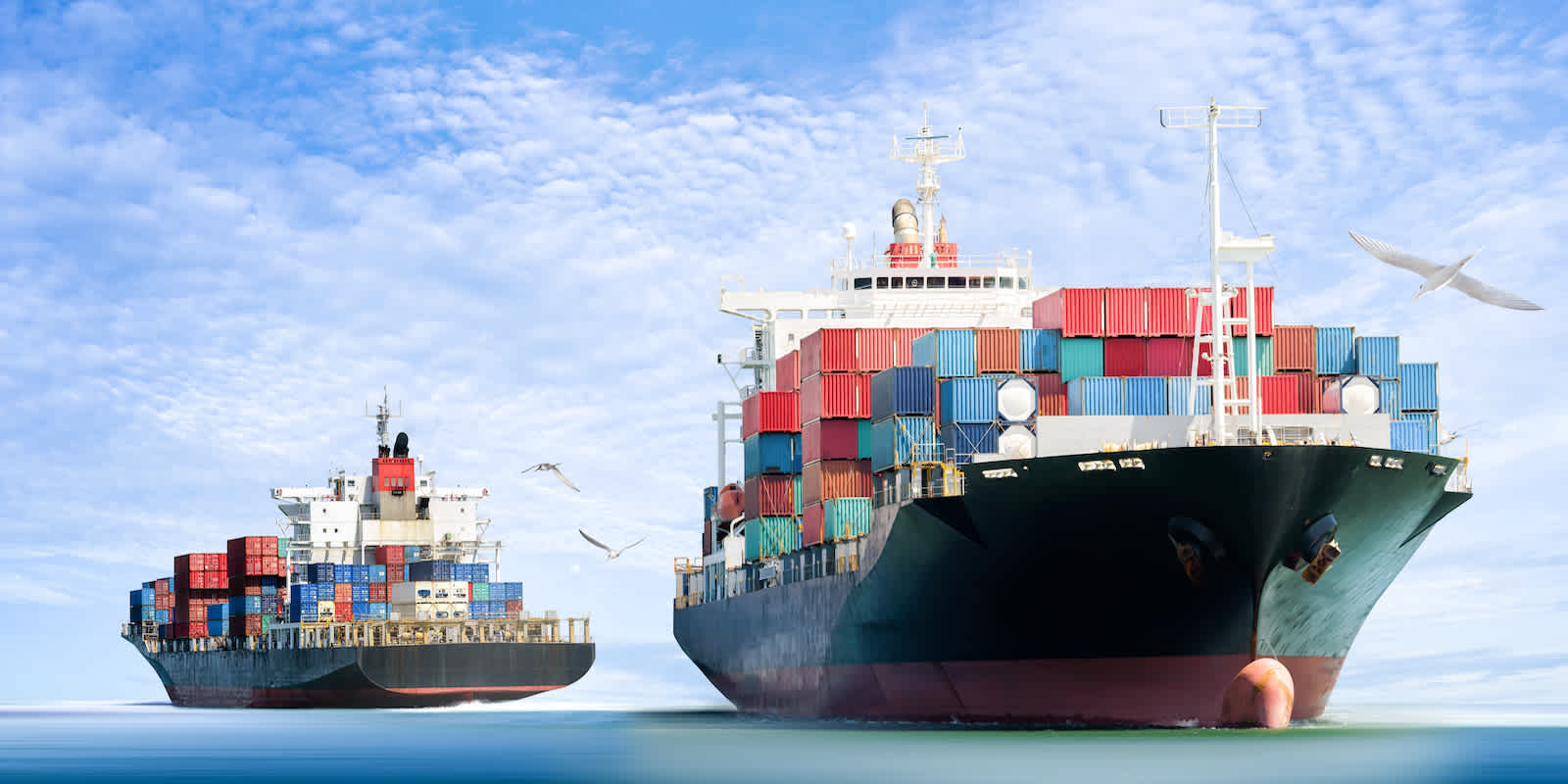
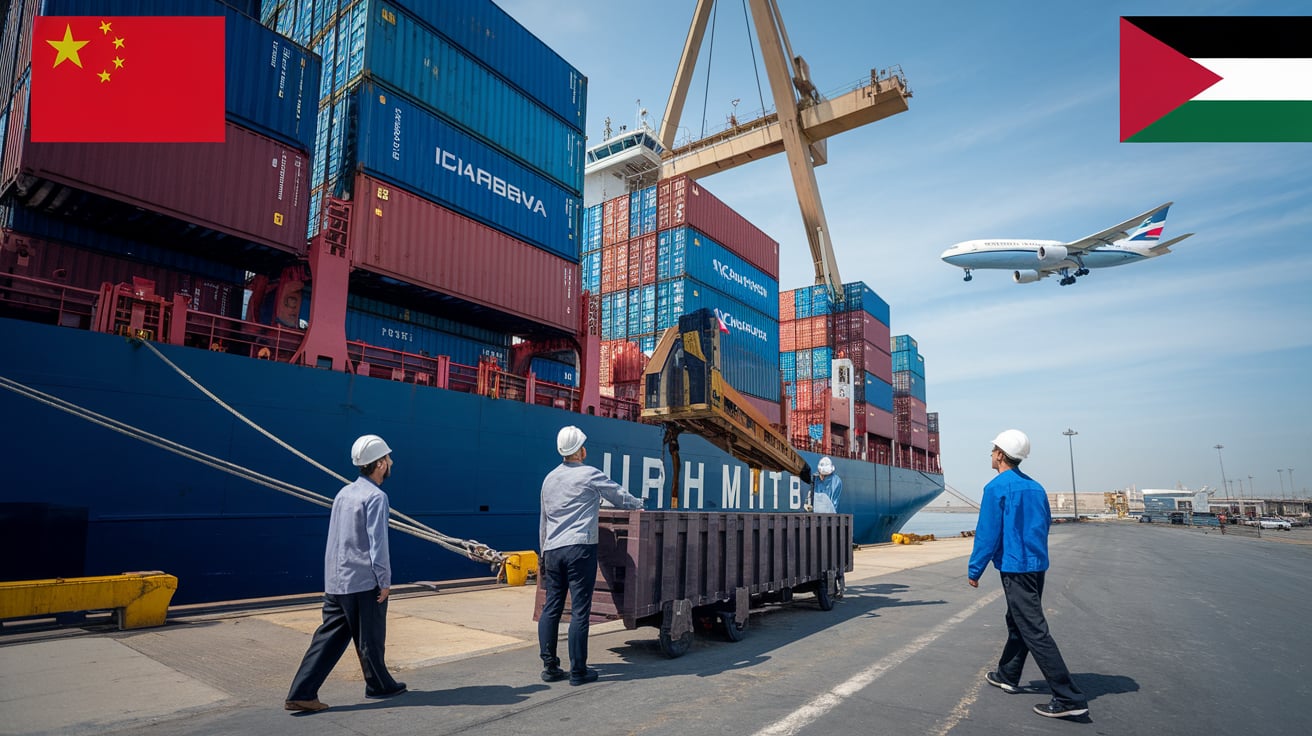
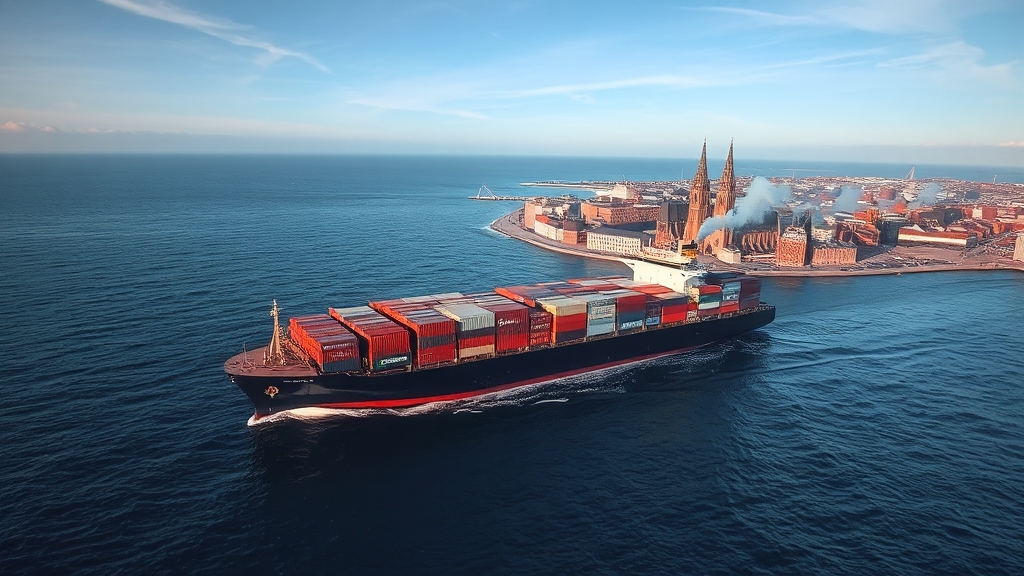
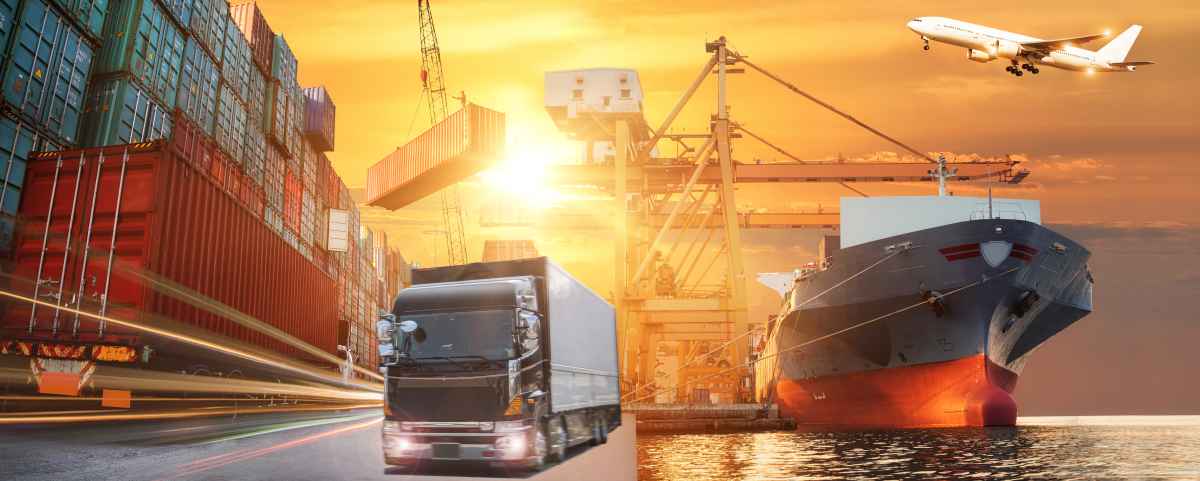
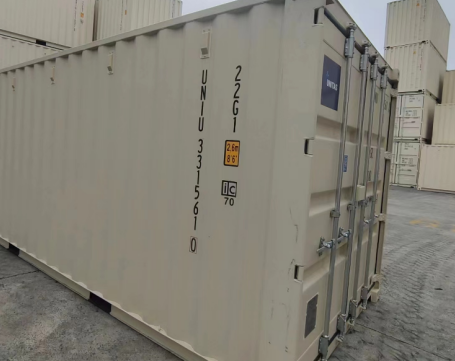
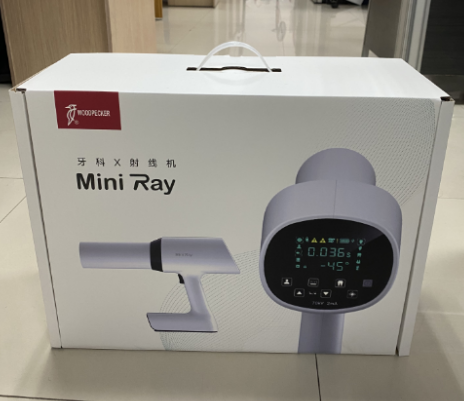
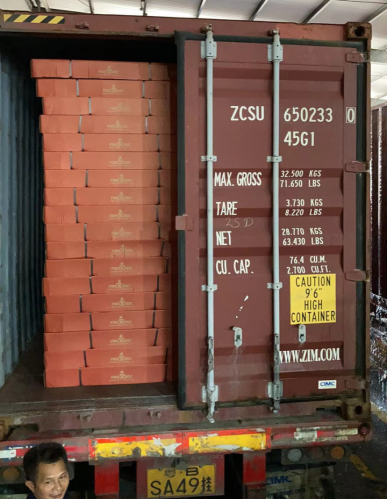
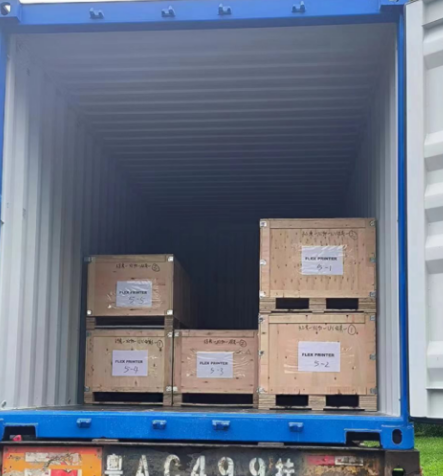
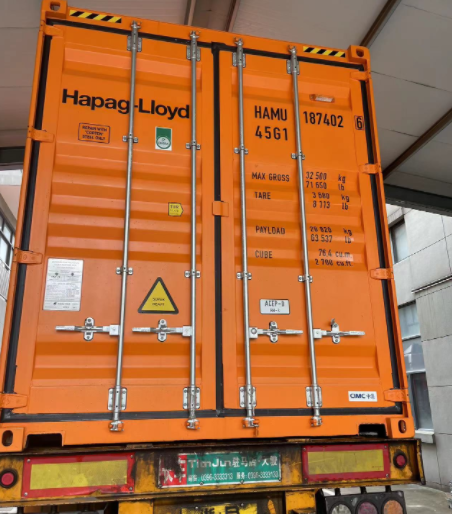
 Afrikaans
Afrikaans Shqip
Shqip አማርኛ
አማርኛ العربية
العربية Հայերեն
Հայերեն Azərbaycan dili
Azərbaycan dili Euskara
Euskara Беларуская мова
Беларуская мова বাংলা
বাংলা Bosanski
Bosanski Български
Български Català
Català Cebuano
Cebuano Chichewa
Chichewa 简体中文
简体中文 繁體中文
繁體中文 Corsu
Corsu Hrvatski
Hrvatski Čeština
Čeština Dansk
Dansk Nederlands
Nederlands English
English Esperanto
Esperanto Eesti
Eesti Filipino
Filipino Suomi
Suomi Français
Français Galego
Galego ქართული
ქართული Deutsch
Deutsch Ελληνικά
Ελληνικά Kreyol ayisyen
Kreyol ayisyen Harshen Hausa
Harshen Hausa Ōlelo Hawaiʻi
Ōlelo Hawaiʻi עִבְרִית
עִבְרִית हिन्दी
हिन्दी Hmong
Hmong Magyar
Magyar Íslenska
Íslenska Igbo
Igbo Bahasa Indonesia
Bahasa Indonesia Gaeilge
Gaeilge Italiano
Italiano 日本語
日本語 Basa Jawa
Basa Jawa ಕನ್ನಡ
ಕನ್ನಡ Қазақ тілі
Қазақ тілі ភាសាខ្មែរ
ភាសាខ្មែរ 한국어
한국어 كوردی
كوردی Кыргызча
Кыргызча ພາສາລາວ
ພາສາລາວ Latin
Latin Latviešu valoda
Latviešu valoda Lietuvių kalba
Lietuvių kalba Lëtzebuergesch
Lëtzebuergesch Македонски јазик
Македонски јазик Malagasy
Malagasy Bahasa Melayu
Bahasa Melayu മലയാളം
മലയാളം Maltese
Maltese Te Reo Māori
Te Reo Māori मराठी
मराठी Монгол
Монгол ဗမာစာ
ဗမာစာ नेपाली
नेपाली Norsk bokmål
Norsk bokmål پښتو
پښتو فارسی
فارسی Polski
Polski Português
Português ਪੰਜਾਬੀ
ਪੰਜਾਬੀ Română
Română Русский
Русский Samoan
Samoan Gàidhlig
Gàidhlig Српски језик
Српски језик Sesotho
Sesotho Shona
Shona سنڌي
سنڌي සිංහල
සිංහල Slovenčina
Slovenčina Slovenščina
Slovenščina Afsoomaali
Afsoomaali Español
Español Basa Sunda
Basa Sunda Kiswahili
Kiswahili Svenska
Svenska Тоҷикӣ
Тоҷикӣ தமிழ்
தமிழ் తెలుగు
తెలుగు ไทย
ไทย Türkçe
Türkçe Українська
Українська اردو
اردو O‘zbekcha
O‘zbekcha Tiếng Việt
Tiếng Việt Cymraeg
Cymraeg יידיש
יידיש Yorùbá
Yorùbá Zulu
Zulu